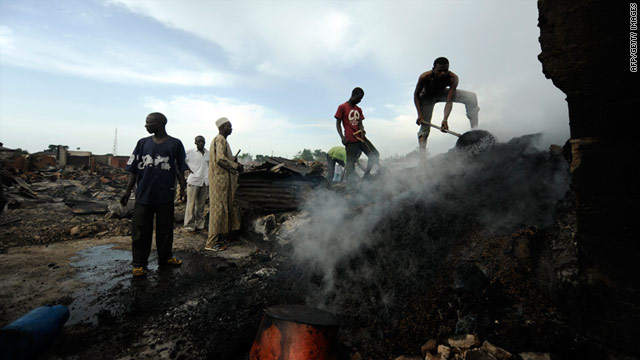
The search for truth continues in the Alicante region for up to eighty families who are still embroiled in the case of ‘the stolen children.’
Originating from the 30 year period between the fifties and the eighties there are still about 80 families in the province seeking clarification on suspected stolen babies, children that are alleged to have died at, or within 24 hours of, their birth, which many relatives now suspect were the subject of illegal adoption.
One case that is currently making the headlines is that of the ilicitana María José Picó who has been immersed in a quest to find her twin sister for about two years. “It is a commitment that will never end” she says "despite the many obstacles put in front of her, until she has the answers that she needs.”
The story of this search goes back to March 28, 1962, when the mother of Maria Jose, Francisca Robles, went into labour. She was taken to Alicante General Hospital, says Maria Jose.
"A nurse told my father and grandmother that two girls had been born and everything had gone very well, however neither was allowed to see the children.”
The mother was transferred to a room where she was left alone for three days, apart from visiting hours. The children were brought in from time to time but for the most part they were kept in another room. Sometime later a nurse came into the room and told the mother that one of the children was ill. “At about 4 am on the following morning the nurse came back again and told my mother that my sister had died,” said Maria Jose.
The next day, the hospital priest went to visit the mother of Maria Jose to ask about the girls, and was furious when he was told that one had died. "He was asked to baptize her before burial, but my sister did not even have a name," laments Maria.
From then on everything was rushed. Hospital staff told the father to go buy a small coffin to bury the dead twin and bring it back to the hospital. The hospital then sealed the coffin and sent the father to the Alicante cemetery where they said that staff were urgently waiting to bury the child.
The family, who all lived in Elche, did not understand why the girl had to be buried in Alicante, but were told that it was mandatory that the body went to the cemetery closest to the hospital. The father, who is now 82 years old, still remembers the area where he deposited the coffin, and is still wondering why he was not allowed to open it to confirm that it held the body of his daughter.
Interestingly, the death certificate does not include the name of the doctor who confirmed the child’s passing. As such the family has always had it’s doubts. María followed a myriad of bureaucratic red tape as she took the case to la Fiscalía de Menores (the Juvenile Prosecutor). This eventually culminated with the burial plot being formally identified and the exhumation on the remains of a baby girl taking place.
But just last week, fourteen months after the exhumation, María was hit with the bombshell that the DNA of her parents does not match that of the remains found in the grave and as such she is now carefully considering her next step.
She said that she is now trying to find out if her sister is alive and living under another name and with another family. Currently, la Fiscalía de Menores is responsible for investigating fourteen cases of missing children in the province, although more are expected to arrive in the coming weeks. The , prosecutors currently awaits DNA results from the National Toxicology Institute in seven of the cases.
As a result of the investigations the Association of Victims of stolen children and illegal adoptions in Alicante (AVA) was formed. The organization provides support to those families who find themselves in a similar situation.
They provide information and assistance to those like Maria who have started a crusade to find out if their relatives are still alive. They do this through the courts, through burial records and even through social networks. They also provide advice on how to initiate a complaint or request an exhumation. Currently there are about 80 families in the province seeking clarification on suspected stolen babies.
But the AVA also warns that the circumstances surrounding burials and exhumations varied enormously during the period in question, particularly where a child was buried in a coffin within a public grave.
Here the task of identifying the remains becomes much more complicated, since there could well be the existence of several babies within the same small plot, many of whom will have been buried in biodegradable coffins which could now prevent the recognition of specific DNA traces.
Between 1950 and 1980 estimates put the total number of children that are thought to have been illegally adopted at around 300,000. This was done through a network of Catholic Church-run children's homes and private hospitals would take newborn infants, typically from young, impoverished single mothers, who were told that their baby had died.
The women were usually known to have supported the Republican cause during the Spanish Civil war. It was seen at the time as an effective way of inflicting a lasting punishment on those who had backed the wrong side. The children were then placed in the care of families who had supported the new regime, at the same time preventing the appearance of a new generation of "reds."
Sunday 7 April 2013
http://www.theleader.info/article/38476/spain/national/alicantes-missing-children-in-search-of-the-truth/






